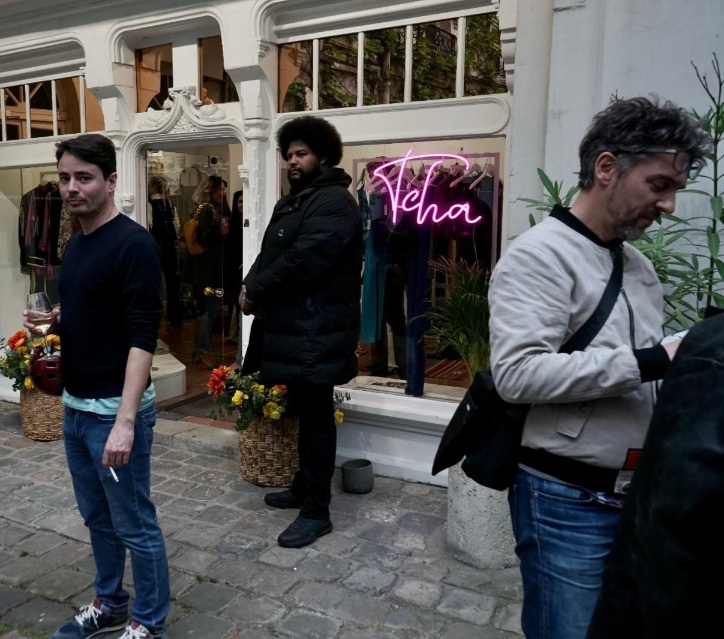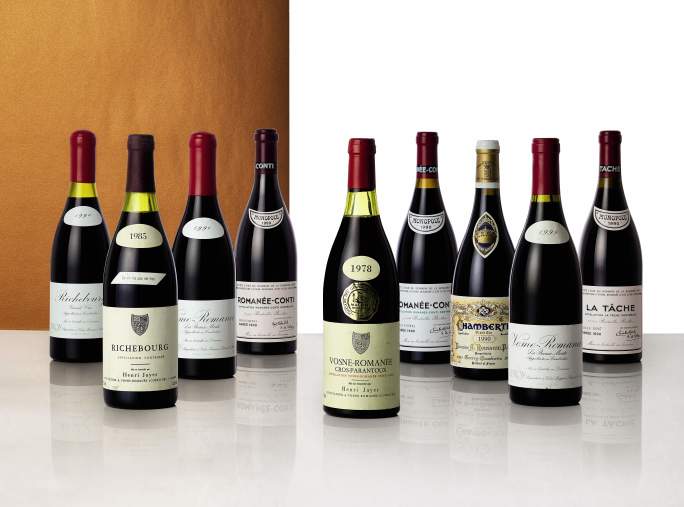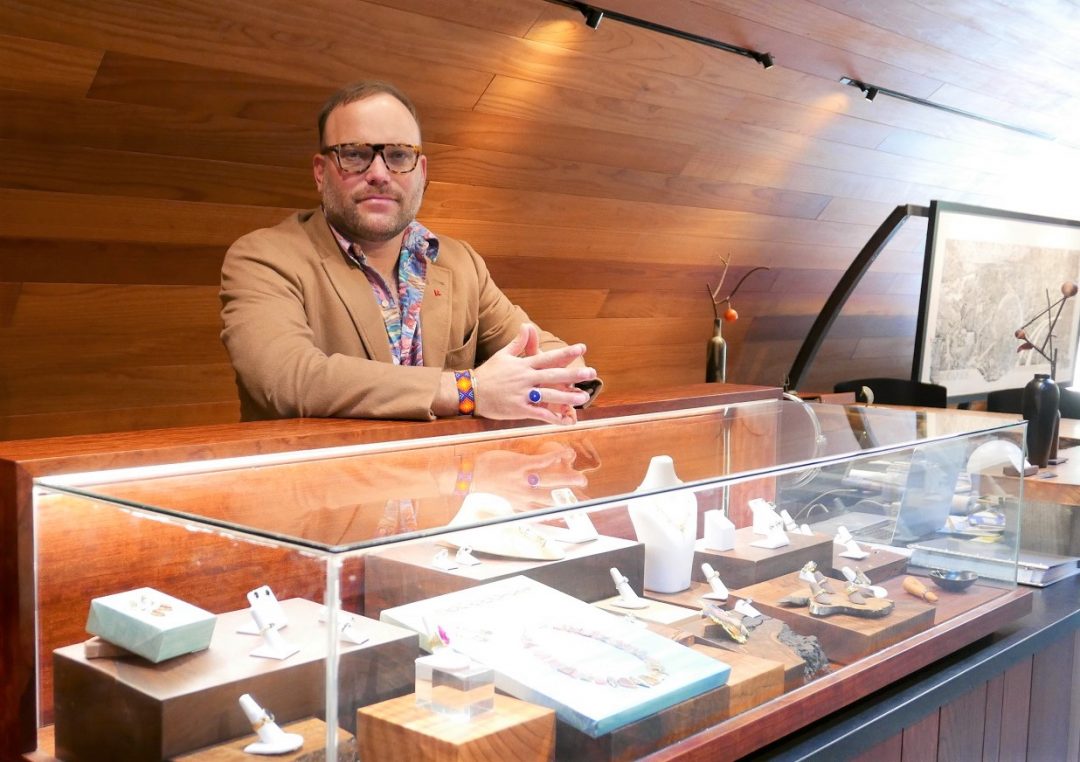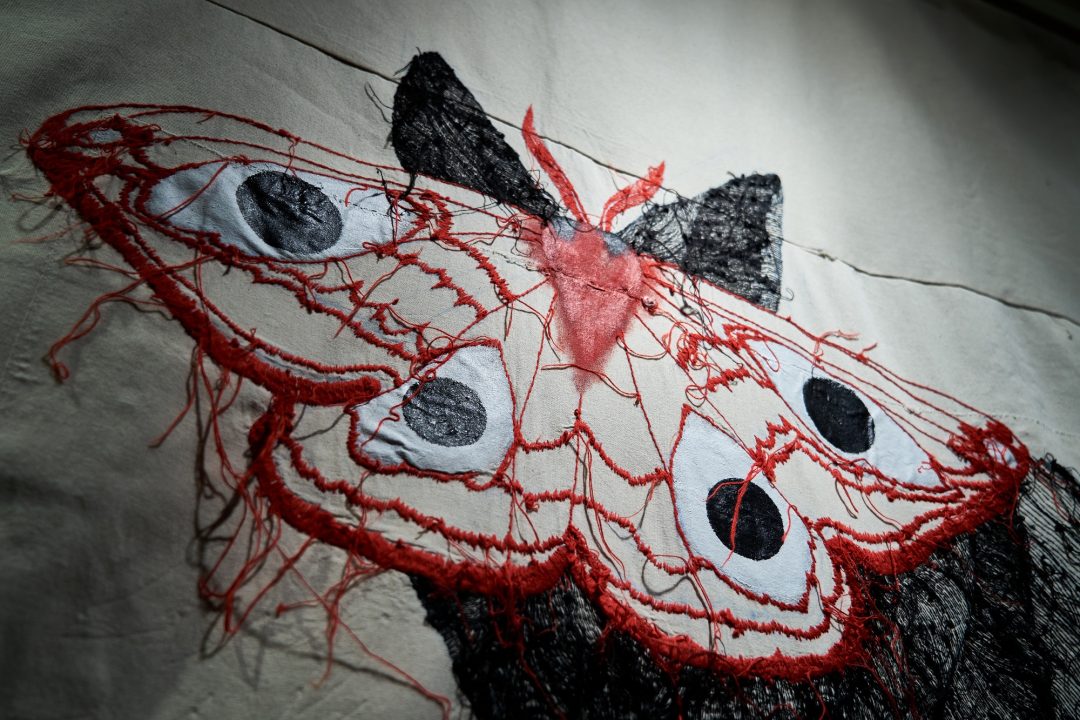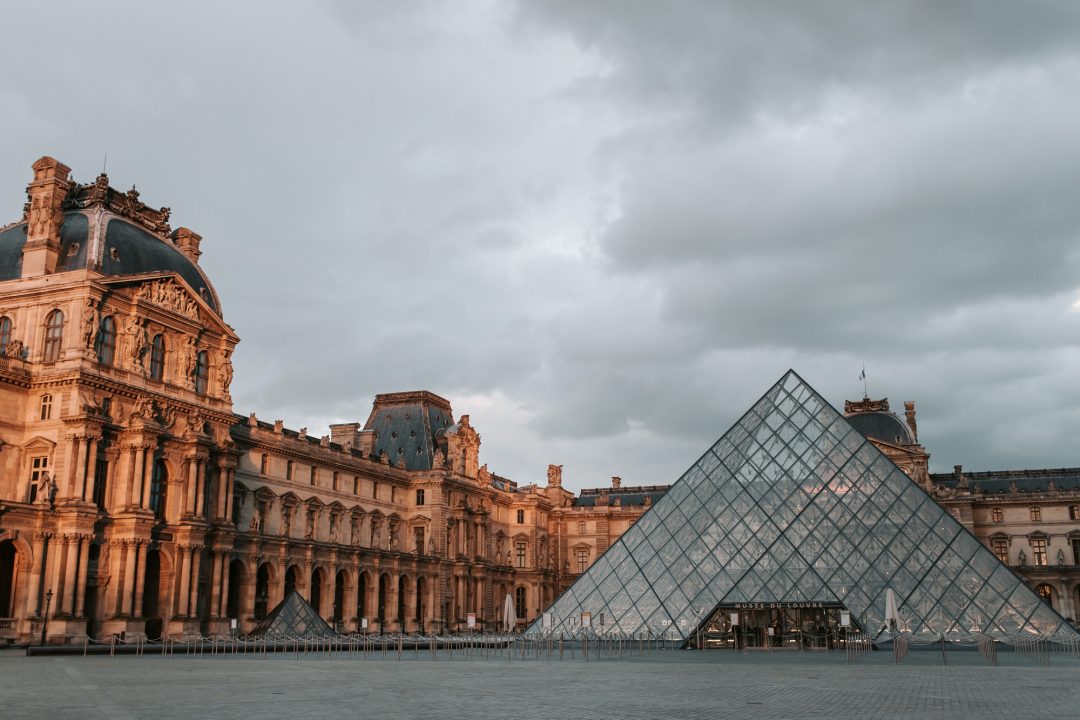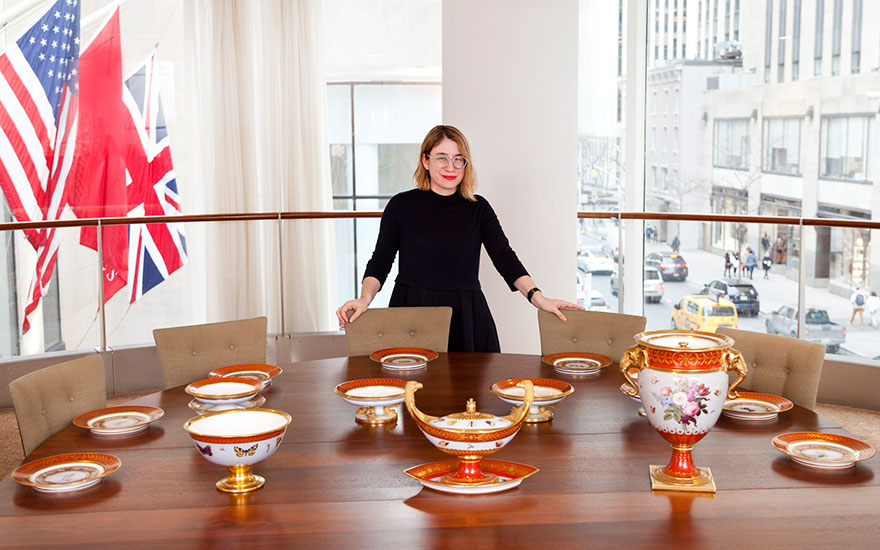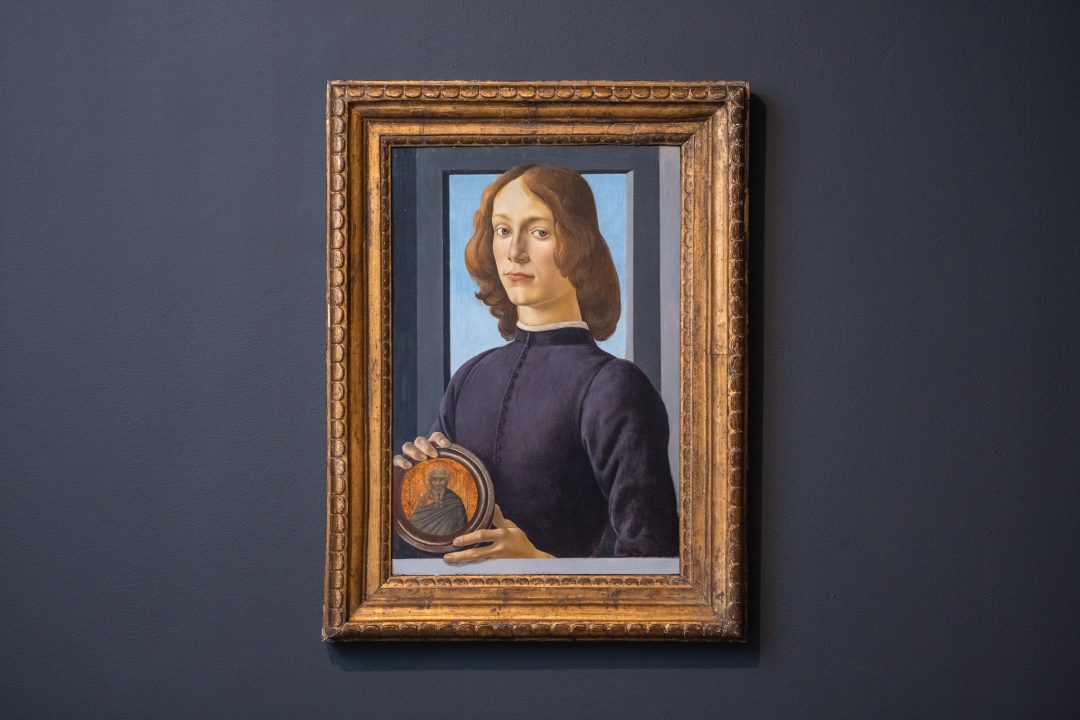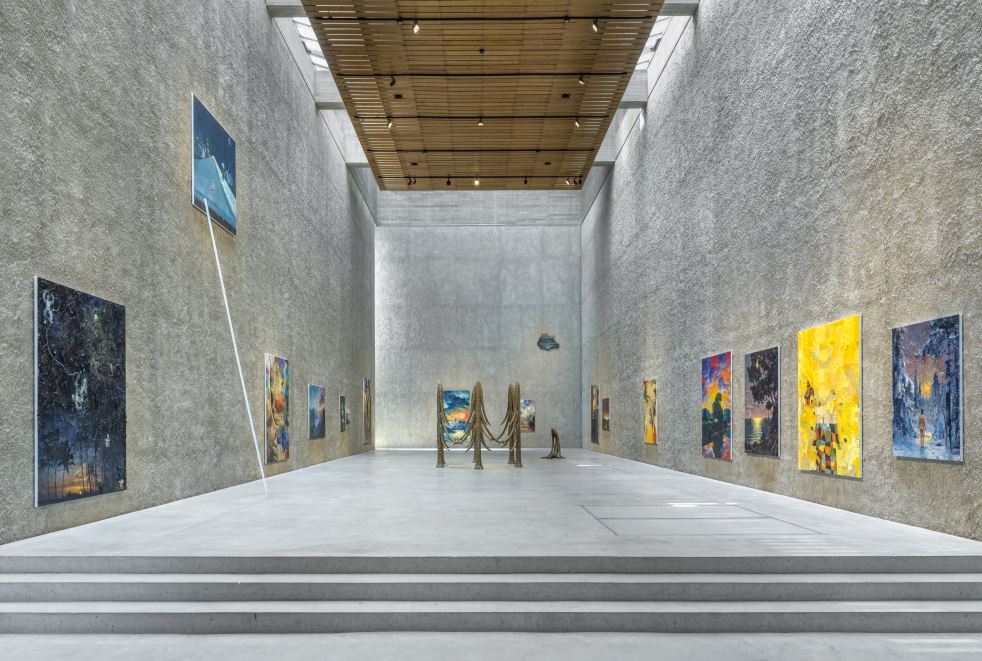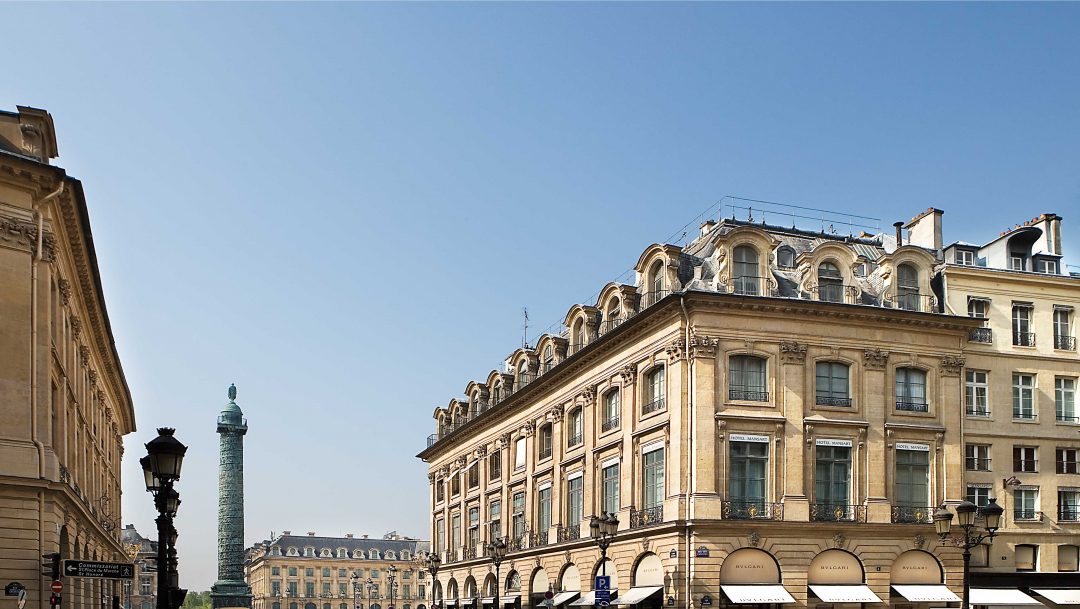Stemming from her passion for matcha bars, Joya Burda came up with an exciting new way to incorporate an interactive environment with culinary creations. Founded in January, she created Tcha, a unique experience in the form of a pop-up that also hosts several engaging activities from a number of luxury brands. The concept takes an even more lively turn as she meticulously goes over themes for her pop-ups that result in one spectacular party. There is always a different theme…
Art & Culture
. To learn more about the Holga’s unique properties we sat down with McCall for a deep dive Q&A on how she captured the natural beauty of Aspen through her Holga’s lens.…
From DRC to Petrus – Sotherby’s is Set to Auction a Remarkable Single Cellar Collection
An impressive collection of European wines are set to be auctioned at Sotheby’s Hong Kong on May 28th of this year. …
When we imagine a great cultural exhibition, rarely does our mind transport us to a resort art gallery, but Post Gallery is no ordinary gallery, nor is Post Ranch Inn an ordinary resort.…
‘Art In Resonance’ At The Peninsula Bangkok
An impressive collection of embroidered works crafted by Narissara Pianwimungsa are now on display at the Peninsula Bangkok.…
The Louvre Museum Adapts to Extended Closures in Paris
Talking Fine Porcelain With Carleigh Queenth of Christie’s
We hope the Q&A will inspire you to consider exploring, touching, and investing in fine ceramic arts.…
This Renaissance Masterpiece Could Fetch Around 100 Million
Renowned Renaissance artist, Sandro Botticelli, who is possibly best known for creating the Birth of Venus, has been thrusted into the spotlight this Winter. …
The Evolution of Fine Art Galleries During COVID-19: An Interview with Johann König
Thirty nine year old German Art Dealer Johann König has built a collection of three galleries in Berlin, London and Tokyo, as well as a significant following on a concept that is almost entirely nonexistent in the art world: “transparency”. …
Situated in the kitty corner of Place Vendôme, the Hôtel Mansart is where one can truly begin an all-out shopping spree. …

